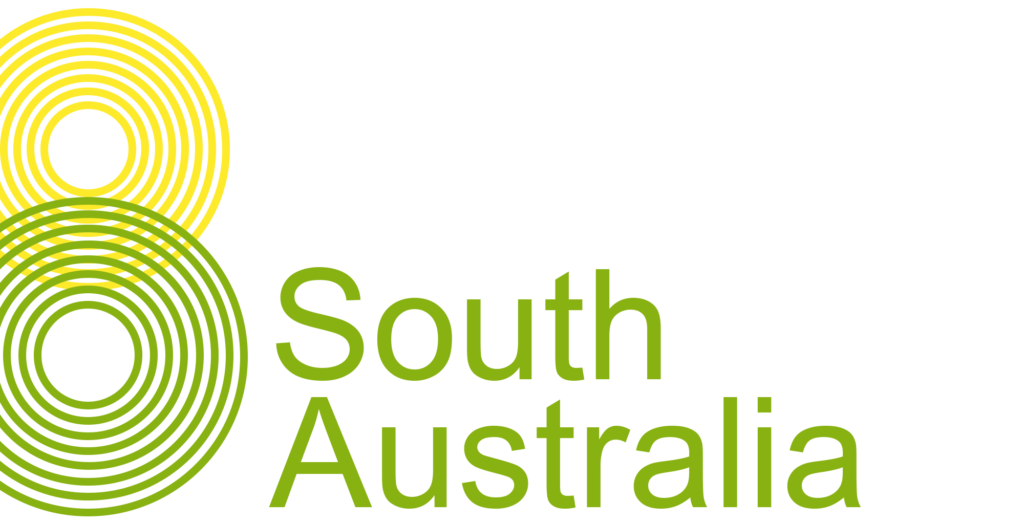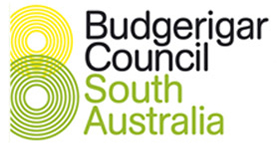
Australian White-Capped (White Cap) Budgerigar
2013 saw the Australian White-Capped Budgerigar, or White Cap budgie as it is more commonly known, formally recognised as a variety by the ANBC.

Image Courtesy of Rod Turnbull and the ANBC
Originally referred to as “Seafoams” due to the washed through body colour on the sky-blue variety, they have grown rapidly in popularity. The mutation was first identified in the aviary of Graeme Kerle of Townsville in 2003 by Kevin O’Callaghan. In turn, Kevin obtained birds, and subsequently gifted a pair to Nigel Tonkin and Jennie Liebich in South Australia. Naturally, this was to ensure distance between stock in case of disaster, and to better understand breeding habits and genetics. Moreover, this beautiful bird caught the attention of many breeders and became very popular quickly.
White-Capped – Identification of the Australian White Cap Budgerigar
The exhibition Australian White Cap Budgerigar general body colour is as for the respective variety or colour. Firstly, it features an even infused wash of yellow over the entire area of body colour, including the rump area. Secondly, the back, rump, breast, flanks and underparts are solid and uniform throughout. Thirdly, the body colour varies for each shade of blue and grey, but the evenness of the colour is key. Finally, on the cheeks and ear coverts, a slight tinge of yellow is visible in place of the white areas of the respective normal. Consequently, the budgerigar cap features distinctive white feathers over a pale cream base.
The back and wing coverts are black with clearly defined white outlining and free from any intrusion of body colour or ‘bloom’. Furthermore, the mask is clear, deep and wide (not cleft). It extends beyond two large cheek patches. Six evenly spaced, large, round black throat spots ornament the mask. The outer spots are partially covered by the base of the cheek patches. Markings on the cheeks, back of head, nape of the neck and wings are black. Naturally, they are clearly defined and symmetrical on white ground colour and free from any intrusion of body colour or ‘bloom’.
Finally, the secondary and tertiary tail feathers carry light yellow pigmentation. The Australian White Cap budgie has a black eye with white iris ring, and the feet are blue/grey in colour. The cock has a blue cere and the hen has a brown cere.
Comments from The Standard

Suggested Pairings to Produce Whitecap Budgies
The exhibition white cap is the single factor form of the Whitecap. Breeding reveals that the Whitecap is a Dominant Gene and exists in single or double factor forms. Therefore, the variety is very easy to reproduce. The double factor form appears almost as a normal green. In contrast, the single factor form presents as described in The Standard.
Because of the dominant mode of inheritance, in theory 50% of the chicks are visual whitecaps when pairing a visual whitecap to a normal. Breeding Whitecap to Whitecap results in some Single Factor Whitecaps, as well as some Double Factor Whitecaps, and some normals.

